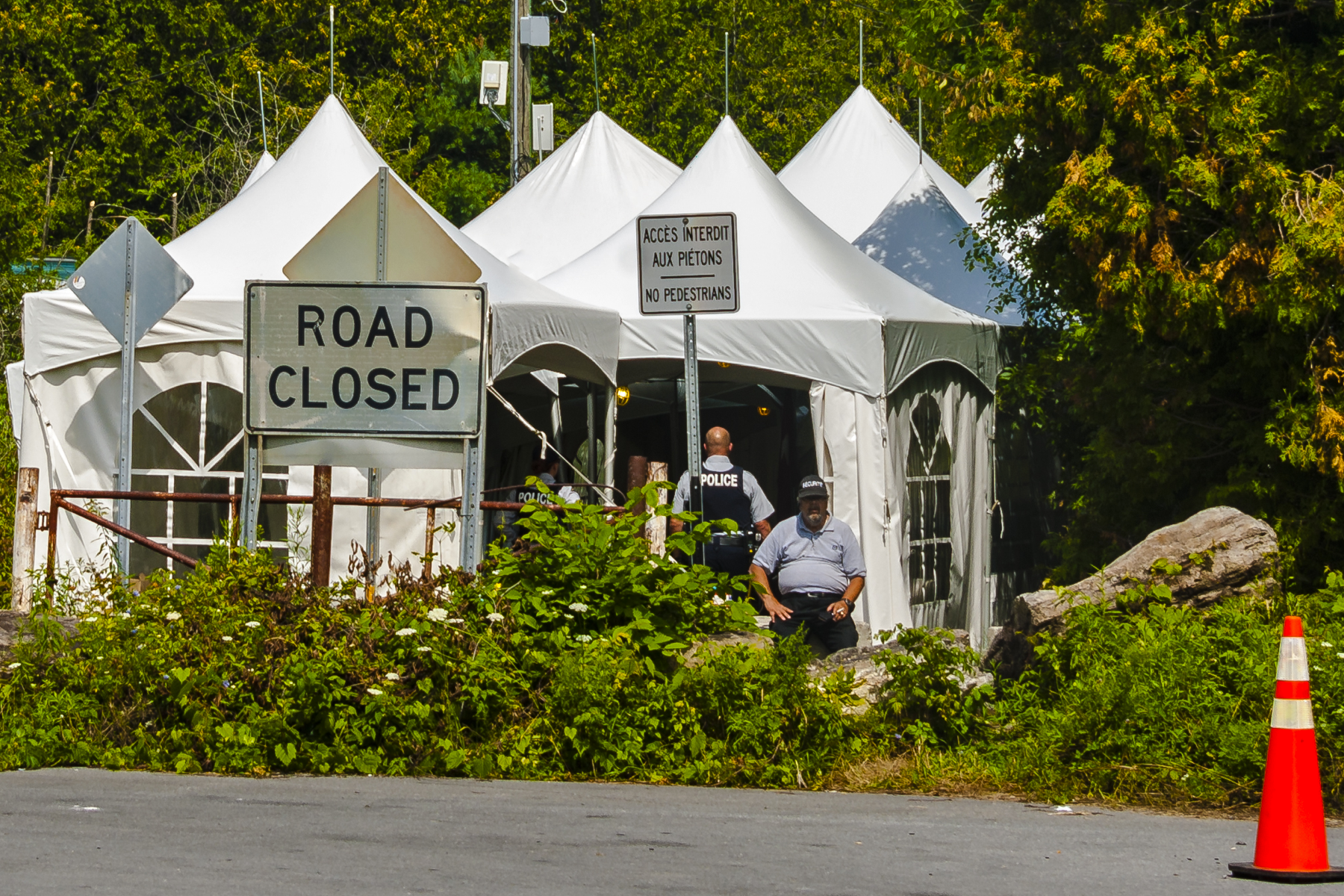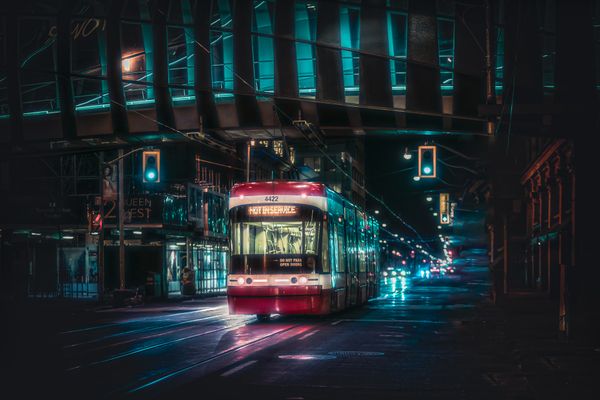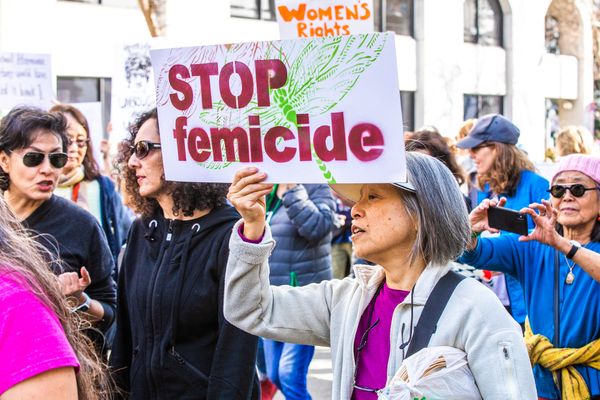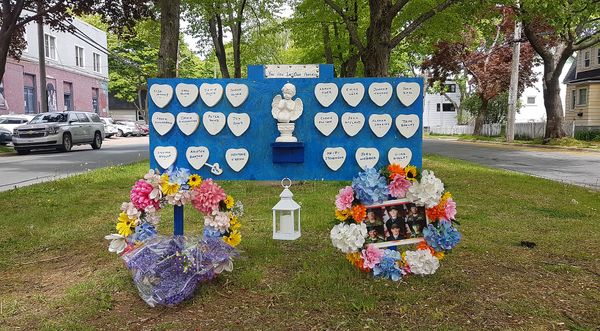On March 20, Prime Minister Justin Trudeau announced that the government, as part of a reciprocal agreement with the United States, will temporarily turn away asylum seekers at unofficial border crossings. This means asylum seekers crossing from the U.S., of which there have been more than 54,000 since February 2017, will be automatically returned to the country.
It’s unclear when the ban will be lifted — Public Safety Minister Bill Blair said these measures will remain as long as the deal holds. Of note, about half of irregular asylum claims are accepted. This means that, depending how long the restriction is enforced, thousands of asylum seekers may lose that chance.
This decision is heavy-handed, not based on medical advice and may put more Canadians at risk for COVID-19.
The Safe Third Country Agreement
The Canada-United States Safe Third Country Agreement was initiated in 2002 by the Liberal Party under Jean Chrétien, and put into effect by his successor Paul Martin in December 2004.
The Agreement’s core principle is that claims shouldn’t be accepted from asylum seekers transiting through a “safe” country that has a fair and equitable asylum process. This means anyone coming via a “safe country,” namely the U.S., is denied the ability to claim asylum in Canada.
The agreement, however, only applies to official points of entry, such as airports and border crossings. This means people have been able to claim asylum at “irregular” border crossings, including any non-official border posts, such as Roxham Road, which links upstate New York and Quebec.
It’s important to note that asylum seekers who cross at irregular points are not illegal. In Canada, the process is legal as long as they appear “without delay” before an officer to start the humanitarian asylum process.
The U.S. isn’t a ‘safe country’
Last month, United Nations High Commissioner Michelle Bachelet provided an update on nations violating human rights. Regarding the U.S., she said, “Restrictive US Migration policies raise significant human rights concerns. Reducing the number of people trying to enter the country should not be done in disregard of asylum and migrant protections. The situation of children in detention is of particular concern.”
These aggressive refugee policies, as well as the policy of family separation, demonstrate why the U.S. isn’t safe for asylum seekers, even if they’ve entered the country.
However, I should also note President Donald Trump’s xenophobic views and policies. In January 2017, Trump implemented a travel ban on several Muslim-majority countries, which has since been expanded. These expanded measures have impacted many, including Rohingya asylum seekers, as currently resettled Rohingya children are fearful their parents will be unable to join them.
Moreover, top U.S. immigration advisor Stephen Miller has shared articles containing links to white supremacist sites, such as VDARE, and references to The Camp of Saints, a racist novel about the “ravages” of immigration.”
As such, with all of this in mind, the U.S. is not a safe country for asylum seekers. This means that, as a result of Trudeau’s decision, asylum seekers stuck in a dangerous country now have no legal way to get into Canada.
Was the decision based on health concerns?
During Friday’s announcement, Minister of Public Safety Bill Blair said these measures will “keep our citizens safe,” even though he stated asylum seekers aren’t a higher public health risk than anyone else.
Nevertheless, in the era of COVID-19, the word “safe” implies a health concern. So, I reached out to Health Canada and asked, among other questions, if immigration officials or the PMO reached out to the Public Health Agency for direction before making the decision.
They told me my question was better suited for Public Safety and the Prime Minister’s Office (PMO), and redirected me there. I asked the PMO the same thing, and they forwarded me a statement from Minister Blair, which failed to answer my question:
“During this pandemic we need to reduce the flow of international travelers in order to flatten the curve and better protect Canadians. Our decision to temporarily restrict non-essential travel and irregular migration and (sic) was based off decisions made by both the International Organization for Migration and the [United Nations High Commissioner for Refugees] who are ‘concerned that international travel could increase the exposure of refugees to the virus.’ As a result both organizations have announced the suspension of refugee resettlement travel as ‘long as it remains essential’ amidst this outbreak.”
I asked the UNHCR if the federal government reached out to them, and if they support turning away asylum seekers. Rema Jamous Imseis, the UNHCR representative in Canada, said, “While all states must manage their borders in the context of this unique crisis to public health and safety, they must carefully balance these measures to not close avenues to asylum or return people to situations of danger.”
This statement makes no recommendation to close the asylum process. In addition, the UNHCR statement Blair quotes doesn’t mention asylum seekers, but rather resettlement travel. This is an important distinction, as refugee resettlement flights are intended for processed refugees, and aren’t related to the initial asylum process. Furthermore, the UNHCR request includes supporting those in camps who don’t have the ability to implement recommended health measures.
I should also note that, before Friday’s ban, the federal government followed these requests by rolling out foreign aid and promising to not ban asylum seekers over COVID-19 concerns. It’s disingenuous for the federal government to use UNHCR statements, just days later, to justify their ban.
Exploitation over assistance
Throughout Friday’s press conference, the word “essential” was used frequently. Ministers and government officials continued repeating the line that the border was only open for travel and work that was “essential” to Canada, including temporary foreign workers, who fill labour shortages in industries such as agriculture and live-in care. Their work is often precarious, and these workers face exploitation.
This announcement was disturbing to hear as someone who came to Canada as a government sponsored refugee, as it seems to imply that the government is deciding to continue exploiting workers instead of offering protection to the vulnerable.
The ban will put Canadians at even more risk
This ban, which some immigration experts have said contravenes international refugee law, also places Canadians at increased public health risks.
Speaking to NPR, Craig Damian Smith, with the Centre for Refugee Studies at York University, noted, “If the goal is public safety and security they are risking what hasn’t existed yet on the border — which is a professional criminal smuggling network whose goal will be to evade [Canadian authorities].”
Smith’s point is crucial to understand. Prior to this ban, asylum seekers would enter at irregular points such as Roxham Road. This post was a de-facto border station staffed by federal government officers, and was designed so that asylum seekers would be immediately processed and have their health needs taken care of, as required by international law.
Now that is gone, and we have no way to ensure the safety of asylum seekers whose only option for entrance is presumably an illegal smuggling ring. We’ve also lost the ability to quarantine and give care to irregular asylum seekers who may have COVID-19 — which was taking place before the ban — putting asylum seekers and those north of the border alike at further risk.
In short, COVID-19 doesn’t suddenly remove the factors that lead to people claiming asylum, or the security issues they face. So, it’s unlikely asylum seekers will stop trying to enter Canada. As such, removing the system we had in place increases potential harm to asylum seekers and threatens public health.







Member discussion